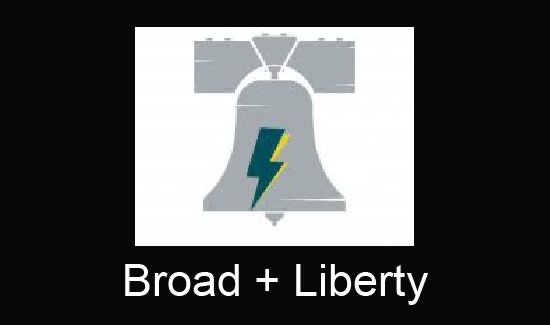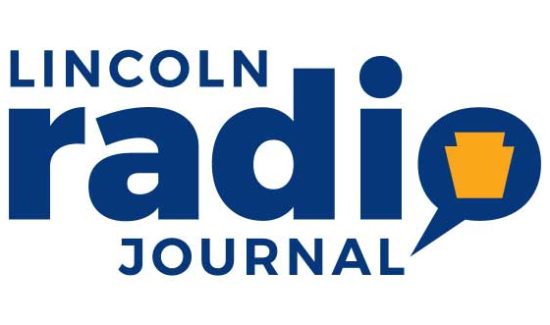High Cost of Port Authority Bus Service

The Port Authority of Allegheny County’s bus service remains very costly when more accurately measured against its true peer mass-transit agencies around the country, says the president of the Allegheny Institute for Public Policy.
“The authority has dreadful cost numbers compared to areas of comparable size and cost of living,” says Jake Haulk, president of the Pittsburgh think tank (in Policy Brief Vol. 18, No. 13).
That’s counter to a 2016 performance review (based on 2014 National Transit Data) by the Pennsylvania Department of Transportation (PennDOT). It employed a suspect 14-member peer group that included two California transit systems – Alameda County and Santa Clara – with service area costs of living that are 34 percent and 36 percent higher, respectively.
To consider just one metric, even among the less-comparable peer group, the Port Authority’s cost per revenue hour of bus service was nearly 36.8 percent higher, $186 vs. $136. But among the better aligned peer group, the authority’s costs were even higher – 51.2 percent, $186 vs. $123.
While PennDOT adjudged the Port Authority “at risk” in this measure – based on being within one standard deviation of the average cost measure, “the better conclusion would have been ‘out of compliance,” says Haulk, a Ph.D. economist.
Then, too, PennDOT determined the authority to be “in compliance” on cost per passenger trip at $5.18 compared to the 14 transit group average of $4.45 because adding the standard deviation put the allowable compliance number at $5.58.
“But for the 11 agencies (excluding the local authority) the average per rider cost was only $4.06 with a standard deviation of only $0.72, making the Port Authority’s cost per bus trip well above ‘in compliance,’” Haulk says.
And the numbers using more recent 2016 statistics are even worse when the authority is compared to transit agencies that are both comparably sized and have a comparable cost of living.
Compared to bus service expenses at five peer transit agencies – Charlotte, Columbus, Milwaukee, San Antonio and St. Louis – the Port Authority’s costs were 23 percent higher, 75 percent higher and 78 percent higher, respectively, per passenger trip, per revenue mile and per revenue hour operating expenses, respectively, and 80 percent higher for total expenses per revenue hour.
“If the Port Authority had the same expenses per revenue hour as the peer group, its operating expenses for buses for (2016) would have been $169.1 million, or $132.4 million below the $301.4 million actually incurred in bus operating expenses,” Haulk says.
So, why the high operating expense differential? Primarily labor costs. The Port Authority’s wage and salary levels per passenger trip were 14.5 percent higher than the peer group in 2016 while the cost of benefits, calculated on the same per trip basis, were 49 percent higher.
And the numbers are only worse when measured by employee expenses per revenue hour – salary nearly 65 percent and benefits 116 percent higher.
Sadly, Act 89 of 2013, which gave Pennsylvania’s mass transit agencies their much sought after “dedicated funding stream,” was followed by significant increases in bus service and employee count at the Port Authority but not a commensurate increase in passengers, as of 2016.
“One can only speculate when the state’s dedicated support of transit systems – at the expense of (Pennsylvania) Turnpike users – will no longer be adequate to satisfy the voracious appetite for money the Port Authority has exhibited over the years,” Haulk says.
A wildcard in that equation is a March 15 lawsuit filed by an association of trucker groups claiming turnpike tolls have been regularly and improperly raised for the past several years (and are scheduled to be into the future) to divert money to PennDOT and mass transit.
Haulk’s bottom line: The Port Authority’s board of directors must nip in the bud the agency’s return to its spendthrift ways.
Colin McNickle is a senior fellow and media specialist at the Allegheny Institute for Public Policy ([email protected]).






